Many people come to meditation because they want to find some calm. An escape from all that is stressing them out. How nice it would be to close your eyes, take some deep soothing breaths and feel tranquility instead of the waves of worry and distress. They are hoping their tense state of mind will unknot; the weight of their claustrophobic worries will lift.
I get it! Not only do we want this from time to time, we need it. Over the last 100 years, the practices of Buddhist meditation and yoga have been creeping into the western mainstream consciousness and at this point, everybody seems to be telling everybody else to “Breathe!”
My eye doctor tells me to breathe and my friend’s divorce mediator tells her to breathe. We both find this annoying because 1) we ARE breathing; and 2) we both know that there are specific therapeutic breathing methods that can calm or energize, and just saying breathe doesn’t do either.
If you breathe in slowly for 5 counts and breathe out slowly for 5 counts and then repeat this for a while, you will likely feel your heart rate slow down. If you are falling asleep at the opera, taking one big breath of fresh air can enliven you. This is a simplification of pranayama, a.k.a. breathwork, but you get the idea. You can use your breath to shift your mood and your energy.
Meditation is sometimes used in this same way. If you are nervous about giving a public talk, you can transform the breathing exercise into a mindfulness practice by placing your attention precisely on the feeling of the breath, in order to gather your mind together. Sometimes this can really work.
The only problem is that you can become reliant on these hits of up and down to regulate your way through life. Like one pill that makes you larger and one that makes you smaller, these doses of energy medicine are temporary. They wear off just like aspirin does, leaving you at the mercy of your mood swings and emotional turbulence.
Fortunately, the Buddhist wisdom offers us something even better: the practice of mindfulness meditation as the path to becoming stable and clear, not just sometimes but all the time. Mindfulness meditation, or shamatha in Sanskrit, is one of the most foundational teachings in Buddhism. And shamatha is said to be THE most reliable method for developing confidence.
Of course, it seems easier to just call on a certain modality when you want an antidote to your current moment of discomfort, rather than regularly sitting in meditation, when things are fine and when they are not. Yet developing this habit is a game changer. The way it works is that every time you sit down and practice mindfulness meditation—shamatha—you are meeting your mind.
What makes this way of practicing a game changer is that you are not trying to fix anything. Taking the approach that nothing is wrong with you shifts the entire exercise. Instead of wanting to be better or different, you begin to be curious. Right away this creates space between who you are and who you think you are.
It will become clear to you that you are not an angry person, although you do experience anger sometimes. You might carry a lot of fear or frustration but when you see that more clearly, you can start to lay it down, little by little.
The practice of shamatha is a clear cut method for recognizing how your mind works. Your mind very naturally moves and sometimes comes into stillness. Getting familiar with this rhythm is how you begin to see that, just like all your thoughts are transitory, so are all your moods.
Instead of applying a bandaid on them—breath, breath, breath—you can relax and see what happens. The tightness in your mind will shift on its own. The adrenal rush of fear will subside on its own. You can watch this happen.
Shamatha practice also helps you recognize your own very particular ways of responding to pressure, ambition, wanting, loneliness, and craving of all kinds. When you see how well you have finely honed your habitual response dramas, they will start to become boring.
This step in the process of developing your meditation practice is called
Getting Close to Yourself.
It’s funny to think that we might not really be close to our self, but we all know we like to avoid facing certain parts of us that we feel are not worthy.
With shamatha practice, you won’t just see your habitual stuck places or reveal the dark hidden places. You will also begin to see your goodness and tenderness.
When you get closer to yourself like this, you start to be friendlier to yourself. If you stick with that approach, you may find some of your hidden parts shifting or dissolving because they don’t have to hide any more, and maybe, you don’t need them anymore.
This works when you do this practice with kindness, curiosity, openness, patience and discipline.
Adding in this layer of compassion is HUGE.
This leads to the next benefit of meditation which is
Becoming Steadfast to Yourself.
In 2012 I taught a 200 hour Yoga Teacher Training in Berlin. My host, Detlev, had trained with me for many years, in New York and Berlin. He was well versed in my OM yoga pedagogy and methodology and was able to express the nuances to those who needed a little help with translation. His solid presence and good nature was an anchor to the program.
There was one woman in the class who was a psychiatrist and was upset that this teacher training did not include a module for how to work with students who were mentally ill. Detlev and I agreed that, yes, of course that is a good idea and could be helpful but it simply was not in the scope of this particular teacher training program. This answer was not acceptable to her and she began to yell, filled with outrage and frustration that we weren’t going to do as she asked.
Finally, Detlev quietly stood up. He simply said, “We just have to trust that we can meet the situation. We can have the confidence to handle whatever arises.”
The power of that moment is etched in my memory. Detlev, a long time Buddhist student and meditator, had a good understanding of confidence.
In this case, confidence is not based on ego or even past accomplishments. Confidence is built from the ingredients of steadiness, stability, clarity and equanimity that grow from dedicated meditation practice.
Being Steadfast to Yourself gives you this kind of confidence. You know that you can hold your seat. You know that you can encounter a situation and calmly take a broad view. You can trust yourself not to lose it, go off on a drama or throw a fit.
This is Confidence.
Confidence in yourself. This is not just helpful but crucial for times like these when the world is unstable. You may encounter many situations for which you are not specifically trained. Your presence of mind allows you to be open to what is happening at any moment and take the actions that are needed. Instead of needing someone to take care of you, confidence allows you to be the steady one in the room, available to yourself and others.
If you liked this article, please scroll down to the bottom and “like” or comment. Substack tells me it helps more people see this post when that happens. Thanks!
If you found this article valuable, please feel free to share it with your friends!
Practice Opportunities
Stay tuned for the announcement of:
Meditation 101
Learn the specific method of shamatha, how to do it, when to do it, why to do it. You will end up with a deep understanding of what meditation is and isn't, as well as your own daily practice.
Great for beginners or those who want a refresher.
Meditation Teacher Training
This training is for those who have taken Meditation 101 and are ready to transmit this practice in a group setting, ie, yoga class, library, book club, etc.
DETAILS COMING SOON!
Retreat is over half-way full - register soon!
This retreat is open to everyone! Our practice will focus primarily on sitting and walking mindfulness meditation, sustainable yoga, and restorative yoga. Yoga props will be available in the yoga studio and modifications will be offered for everyone. Each morning will include a short dharma talk and group discussion.
Some photos from last year’s retreat!
July Mindfulness Meditation Mini-Retreat
Each day I will offer a lesson on the nuts and bolts of meditation, as well as how the practice relates to the rest of your life. On Day 1, I will give specific mindfulness meditation instruction and we will sit for a short period.
July 14-18
30 min/day
12:15-12:45pm ET
Paid subscribers, and Moon and Stars sangha members: You can redeem your $40 discount pricing using the button at the bottom of each retreat’s registration page.
Also, you can purchase all 3 retreats of 2025 (July, September & December) for $120:
Mindfulness Meditation Teacher Training: A Self-Guided 2-Part Program is a course Cyndi Lee designed to help meditators of all levels learn a new approach to meditation or refresh and deepen their existing practice. In the second part of the course, you'll learn how to teach meditation and listen to enriching dharma talks from Cyndi that will inspire both your practice and your teaching.


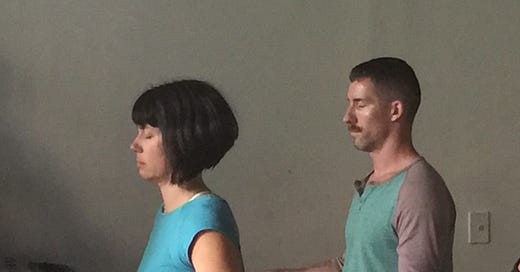


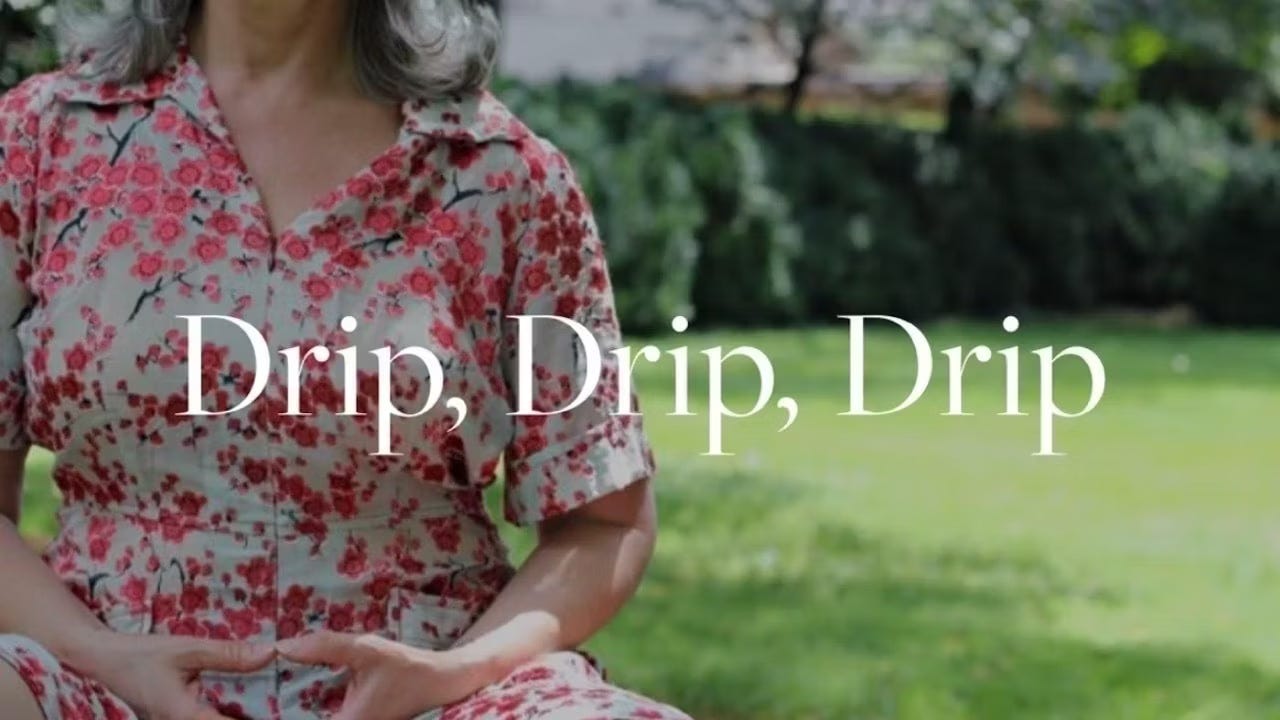

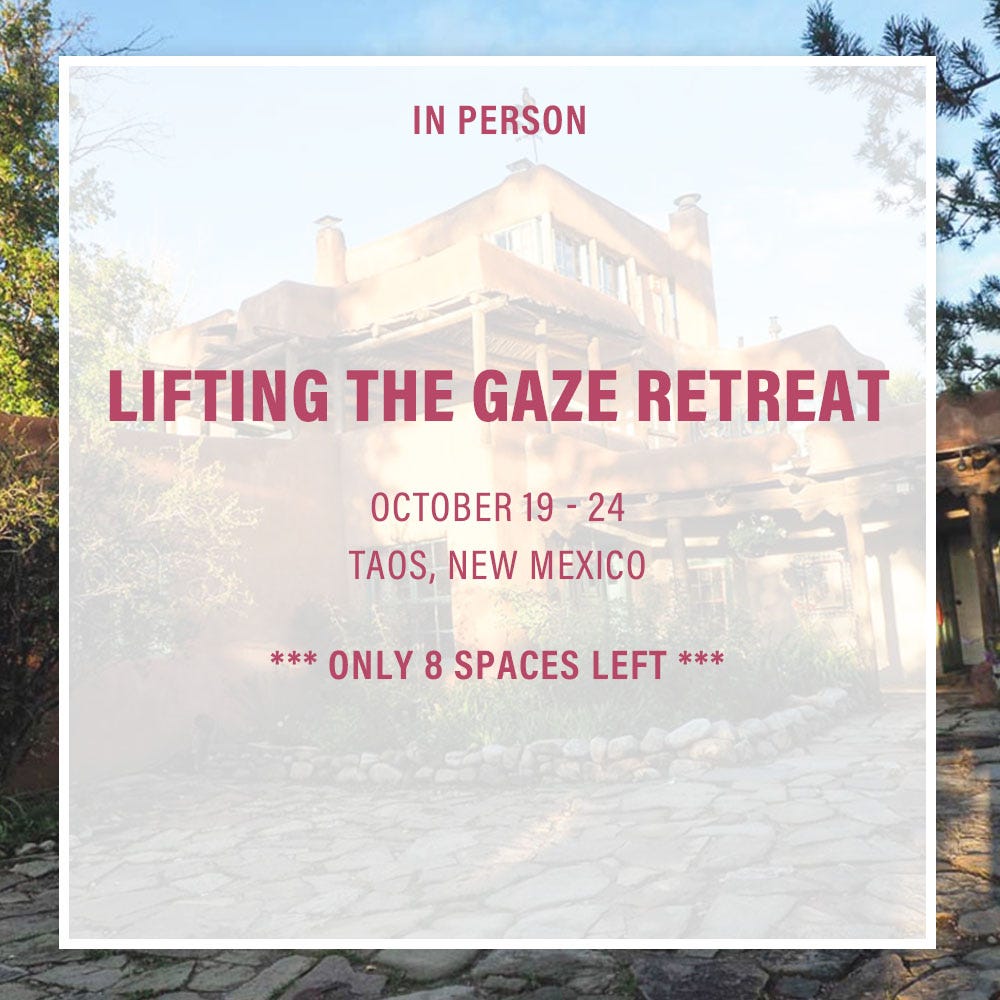
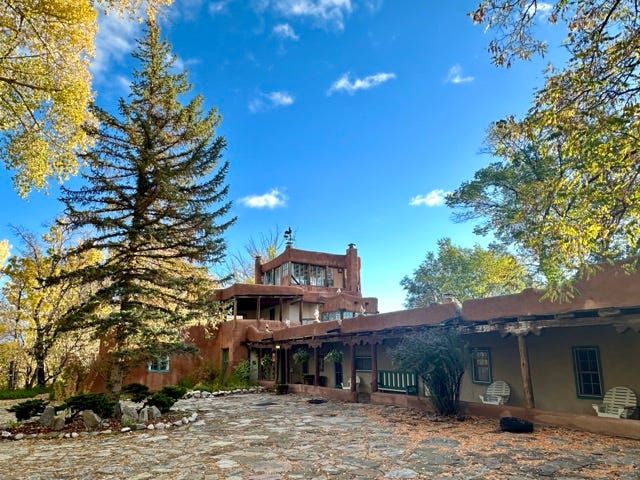
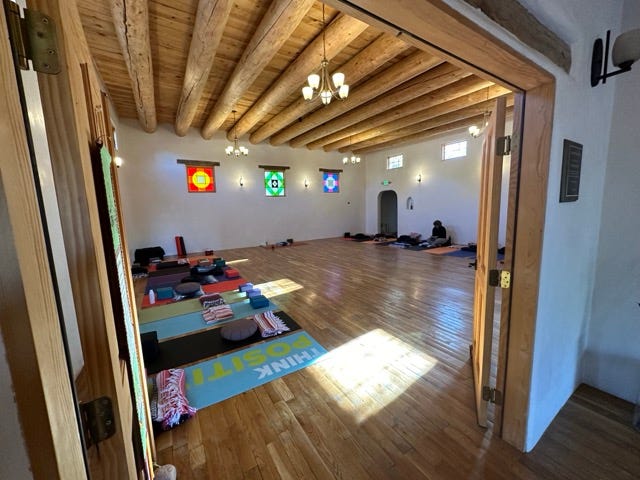
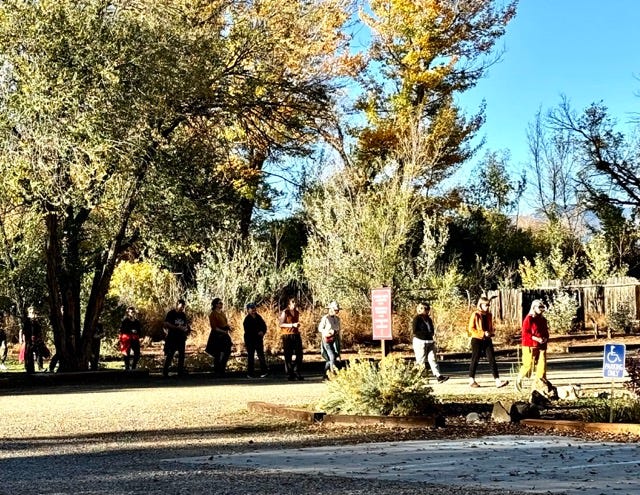
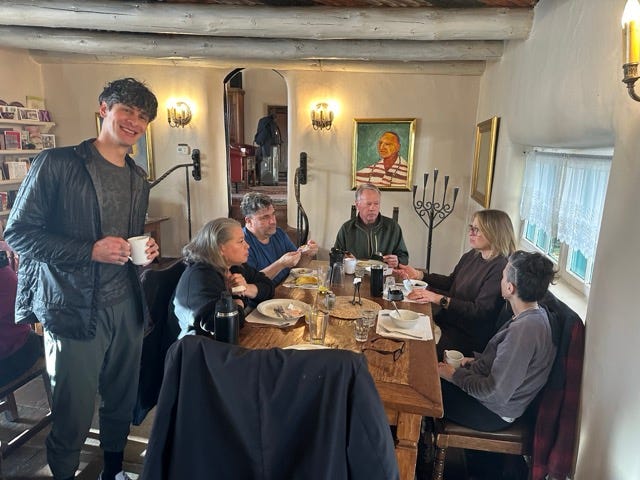
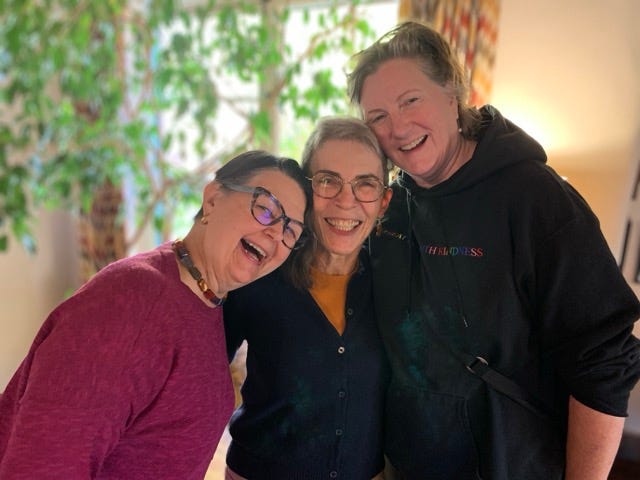
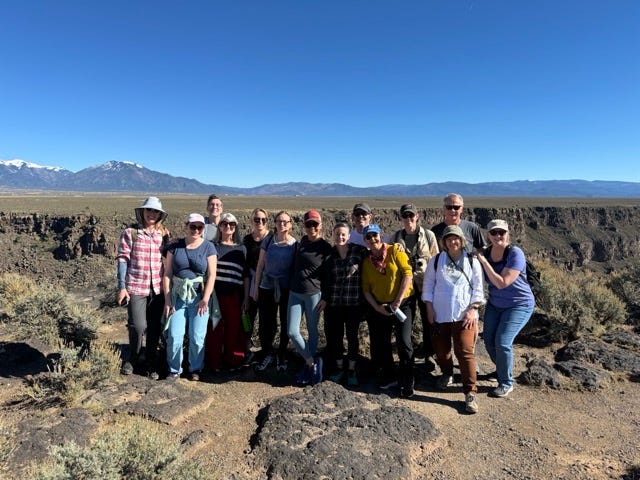

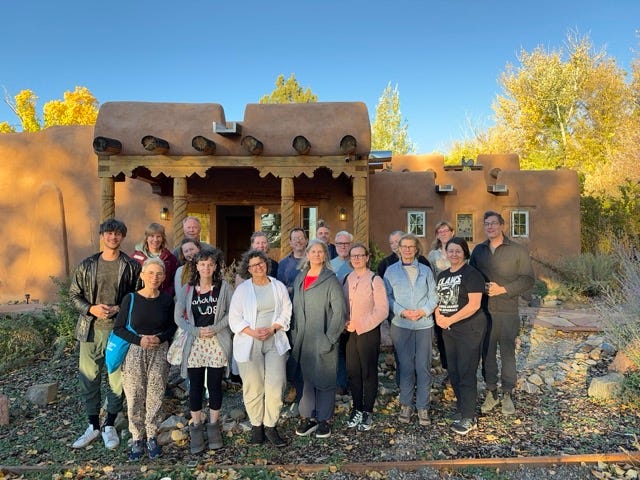
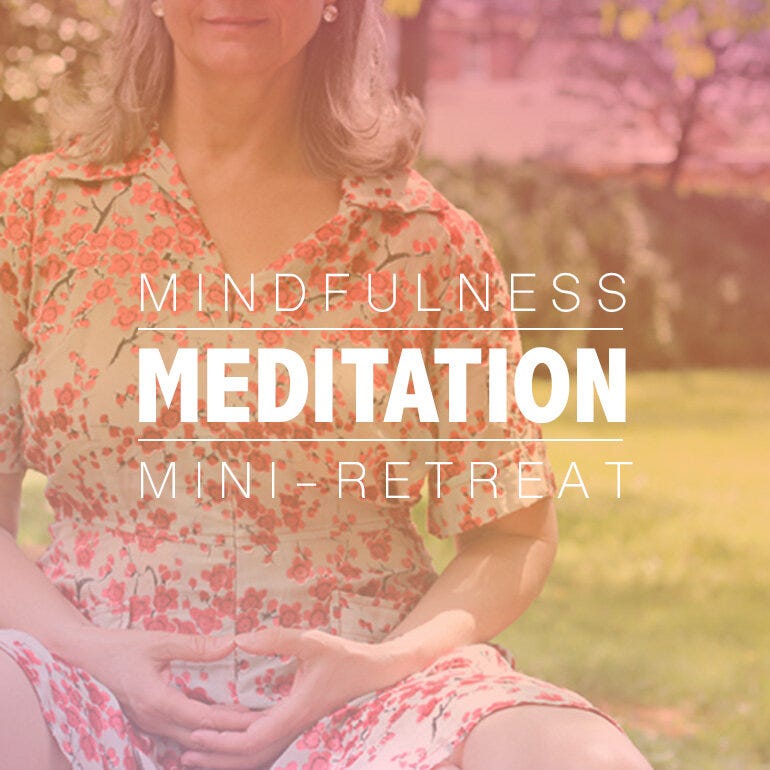
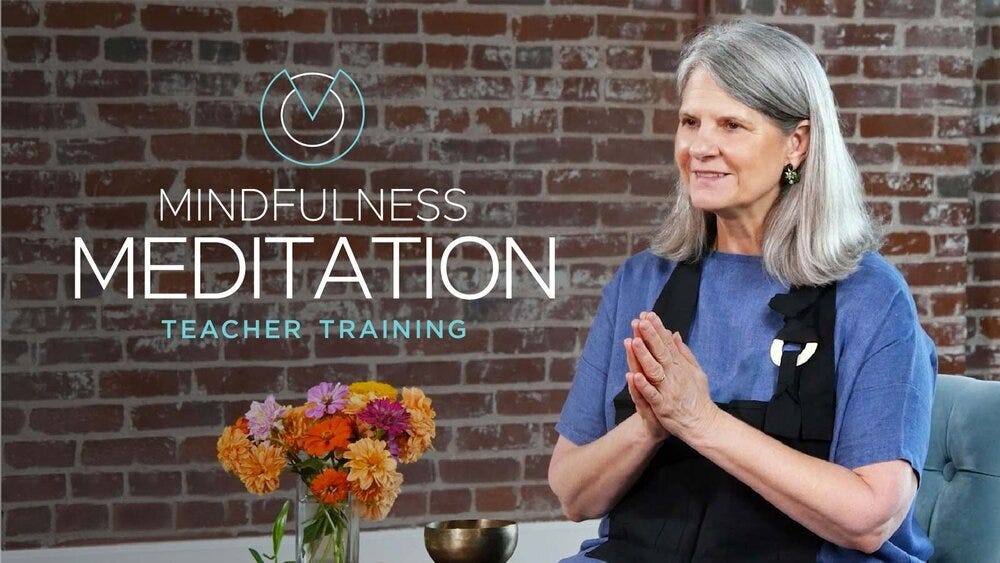
Cyndi...Your words always steady me when I need it the most. This teaching on the value of a consistent meditation practice is both enlightening and most encouraging. Thank you. ❤️
And the one that mother gives you don’t do anything at all…. I found myself singing that song well after I read this post. It’s my go to wow them at Kareoke. But it sure does lend itself to this whole article on practice. Keep your head!!!! Thanks for reminding me to stay steady and keep practicing.